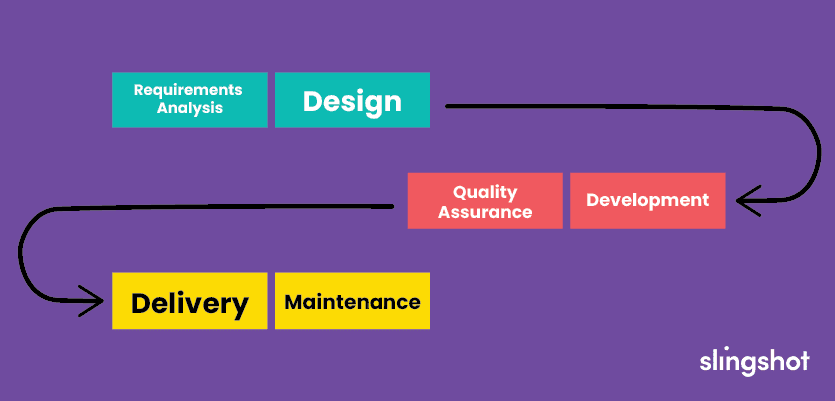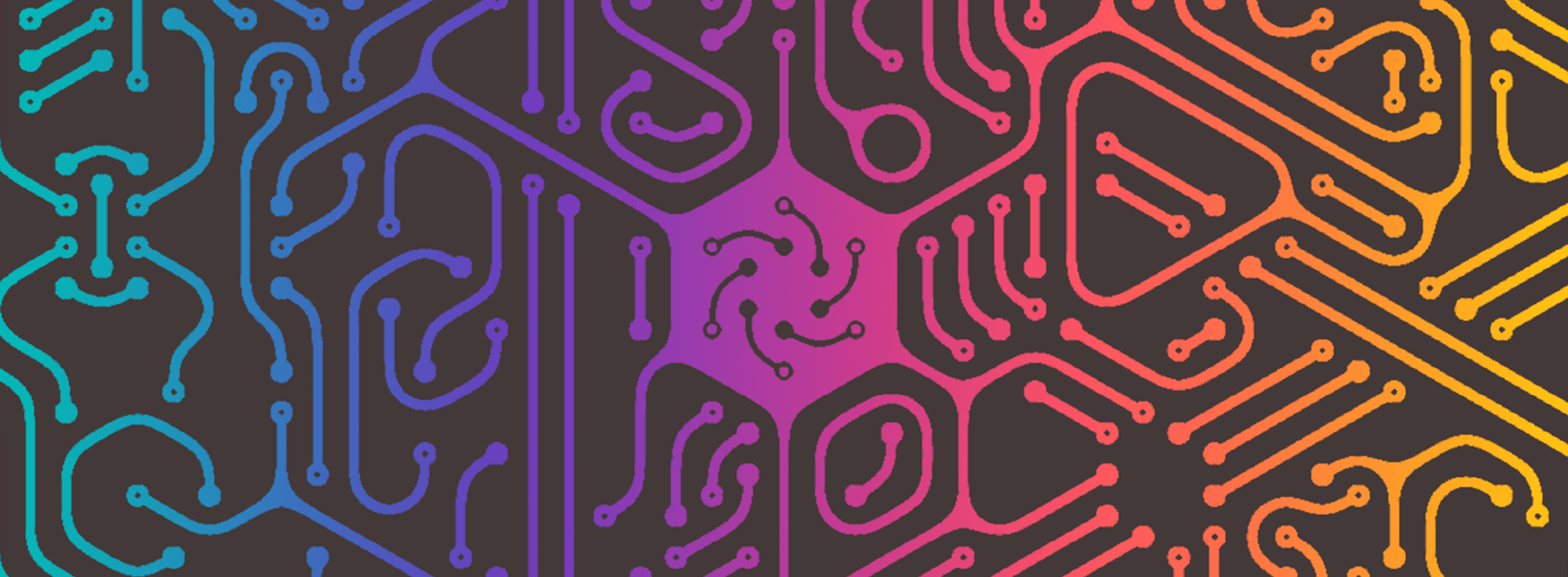If you’re reading this, you probably play a critical role in leveraging technology to drive innovation within your business. And unless you live under a rock, you’ve seen the explosion of Artificial Intelligence over the last year or so.
So you can probably see where this is going: how exactly will AI impact your organization’s development team WITHOUT imploding on itself? Today, we’re looking at how Artificial intelligence changes how you look at each stage of the development process.
If you’re reading this, you probably play a critical role in leveraging technology to drive innovation within your business. And unless you live under a rock, you’ve seen the explosion of Artificial Intelligence over the last year or so.
So you can probably see where this is going: how exactly will AI impact your organization’s development team WITHOUT imploding on itself? Today, we’re looking at how Artificial intelligence changes how you look at each stage of the development process.
And spoiler alert! Keep your eyes peeled for a later blog on the tools and integrations we use at Slingshot.
Summary
This comprehensive blog will teach you how to seamlessly incorporate Artificial Intelligence (AI) into your development team. Discover how AI can streamline tasks, enhance accuracy, and fuel innovation within your organization. Embrace the AI revolution and take your projects to the next level with the power of AI by your side.
Requirements Analysis:
As you all know, development starts by nailing down what you need to develop, from end goals to features to metrics; it all starts here. You need to nail down the what and the why of what you need to do to get started on the how.
Today, several impactful AI tools are available to assist with gathering requirements. You can use ChatGPT to gather information regarding the problem or industry quickly. When it comes to interviewing stakeholders and customers, use an AI-powered note-taker. Beyond providing great notes, these solutions allow you to ask questions about the transcript, speeding up the process of distilling critical insights from the interview.
UX Design:
It’s time to let your creative juices flow during the design phase. And guess what? AI is your secret sauce here.
You can use tools to make your design work efficient and effective, like generative design algorithms that generate multiple design options based on your input. These include solutions like Dall-e and Midjourney. With the latest AI-enabled Photoshop, you can modify photos to suit your needs better. It’s like having a bunch of design ideas served on a silver platter, ready for you to iterate through.
As a UX Designer, invest time in getting familiar with AI capabilities, as AI-powered solutions are certainly in your future. You’re likely to design apps with AI features such as Smart Search, NLP chat, or gleaning insights from photos or documents.
Development:
Alright, buckle up, folks! We’re diving into the actual development phase of the development process. AI is here to make your coding journey a whole lot smoother. AI automates repetitive coding tasks, saving your dev team’s time and effort.
You also have AI-powered code generation tools, like AutoML and code completion assistants, that can generate code snippets for you. There’s no need to start from scratch every time: Have them create the code and double-check for errors or issues you need to fix. For high-quality code, use CoPilot to create your Unit Tests.
Oh, and speaking of errors, AI helps you identify and fix those pesky common coding errors. AI can assist debugging by analyzing error logs, stack traces, and runtime behavior. AI-powered debugging tools can pinpoint the root cause of an issue, suggest potential fixes, and even automatically generate code patches for common bugs.
As a developer, you must expand your skillset to include AI-related capabilities. Start by exploring cloud tools like AWS Sagemaker, Comprehend, and Rekognition.
Quality Assurance (QA):
Testing time, friends! You need to make sure your software is top-notch and ready for users, and the way to do this is Quality Assurance Testing. And AI revolutionizes this game.
AI-powered testing tools are the real MVPs, automating the testing process, generating test cases, and detecting potential defects or vulnerabilities. An army of AI testers will work to ensure your software meets your quality standards. Check out tools like Applitools, Functionize, and Mabl.
And you know what’s even cooler? Machine learning algorithms can learn from your past test results, analyzing patterns and trends to enhance your testing efficiency and accuracy, making your testing process more thoughtful and more effective over time.

Delivery:
Woohoo! You’ve survived testing, and it’s time to deliver the goods. And AI has your back once again. AI-powered deployment tools can help you automate the deployment process, optimizing resource allocation and reducing deployment time.
These tools analyze system requirements and flag any compatibility issues, ensuring your software lands in the hands of its users smoothly and successfully. Oh, and remember the real-time system log analysis. AI keeps an eye out for anomalies or potential errors, making the delivery process a breeze.
Maintenance:
Alright, folks, the software is out in the wild, but the work doesn’t stop there. You have to address those user-reported bugs and keep improving the software. AI shines in the maintenance phase thanks to AI-powered bug-tracking systems. They can analyze user feedback, system logs, and user behavior. They spot patterns and detect potential issues like Sherlock Holmes.
And wait, it gets even better! AI can automatically generate code fixes for common bugs, making your debugging and maintenance process much smoother. It’s like having an AI-powered maintenance superhero on your side.
Last, by deploying AI-powered chatbots such as Intercom or Drift, you can assist customers 24/7 with everyday needs while reducing help-desk-related costs.
Conclusion:
Integrating AI into your development team brings a world of benefits. From requirements gathering to maintenance, AI streamlines tasks, enhances accuracy, and fuels innovation.
So, don’t let the AI revolution pass you by; embrace it with confidence, and let AI help you drive innovation. It’s time to take your projects to the next level with AI by your side. Let’s rock the world of development with the power of AI!
And remember to look out for a future blog on the specific tools and integrations we use!




